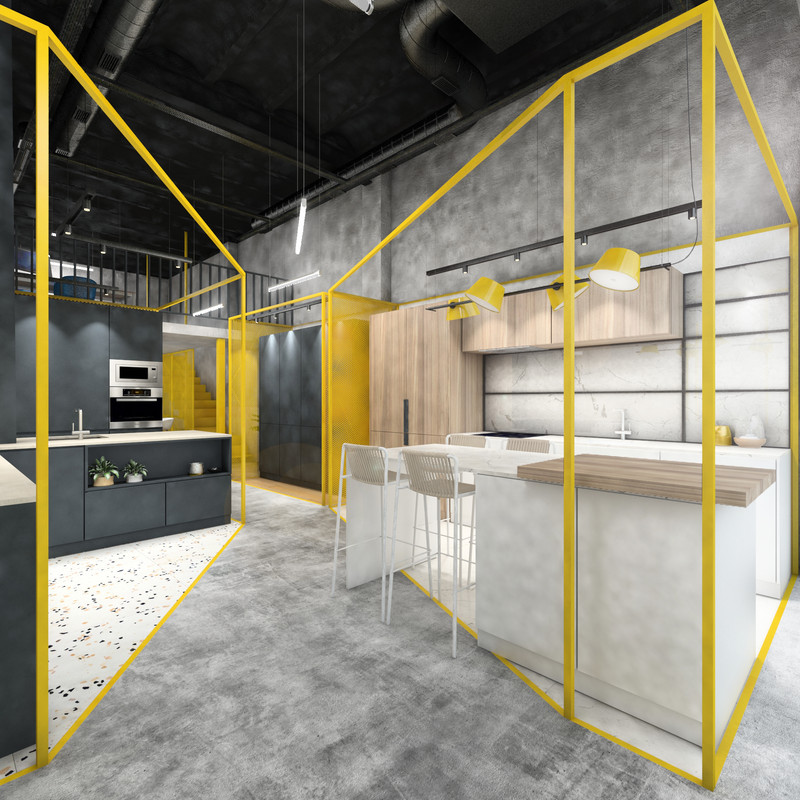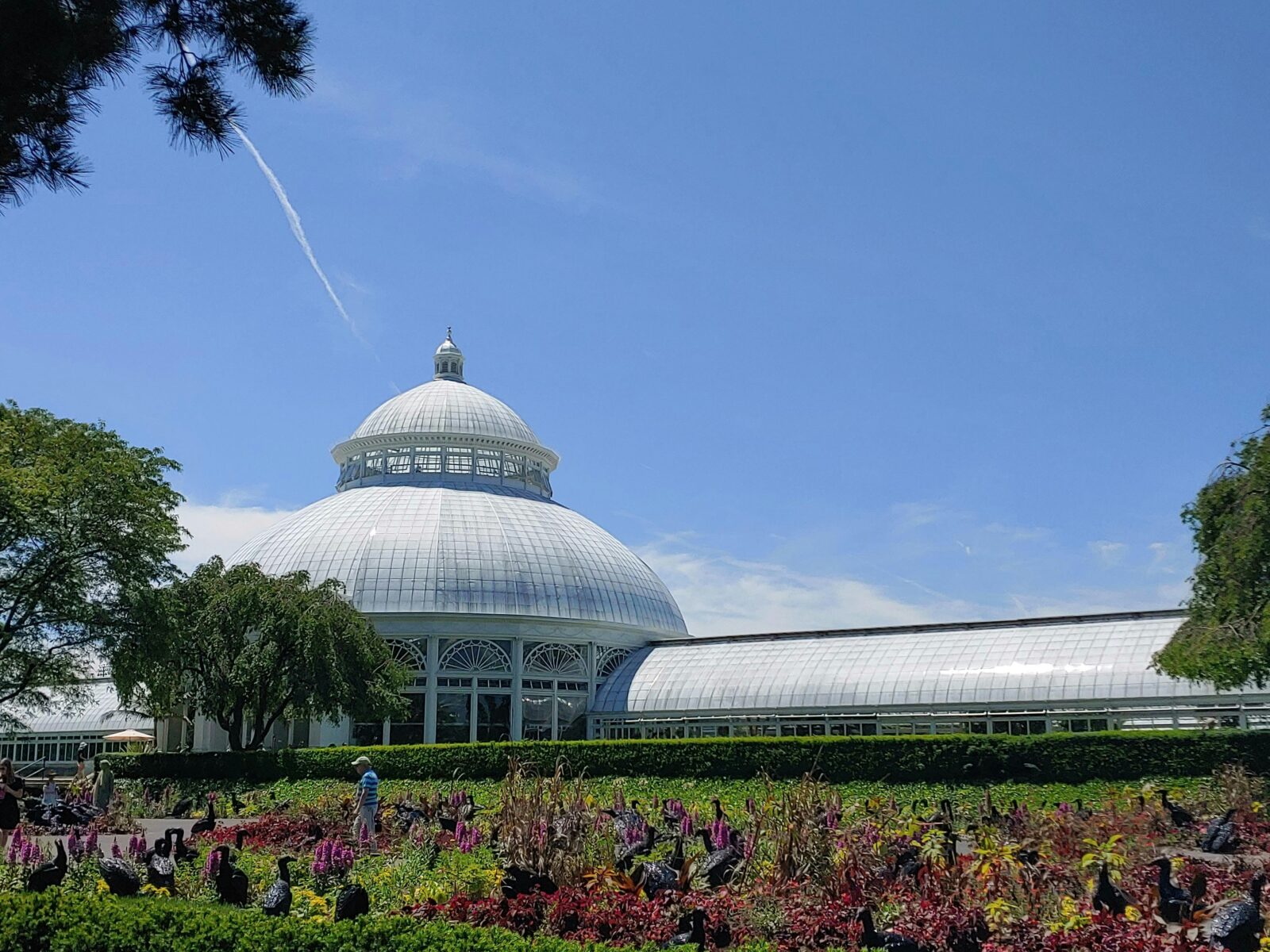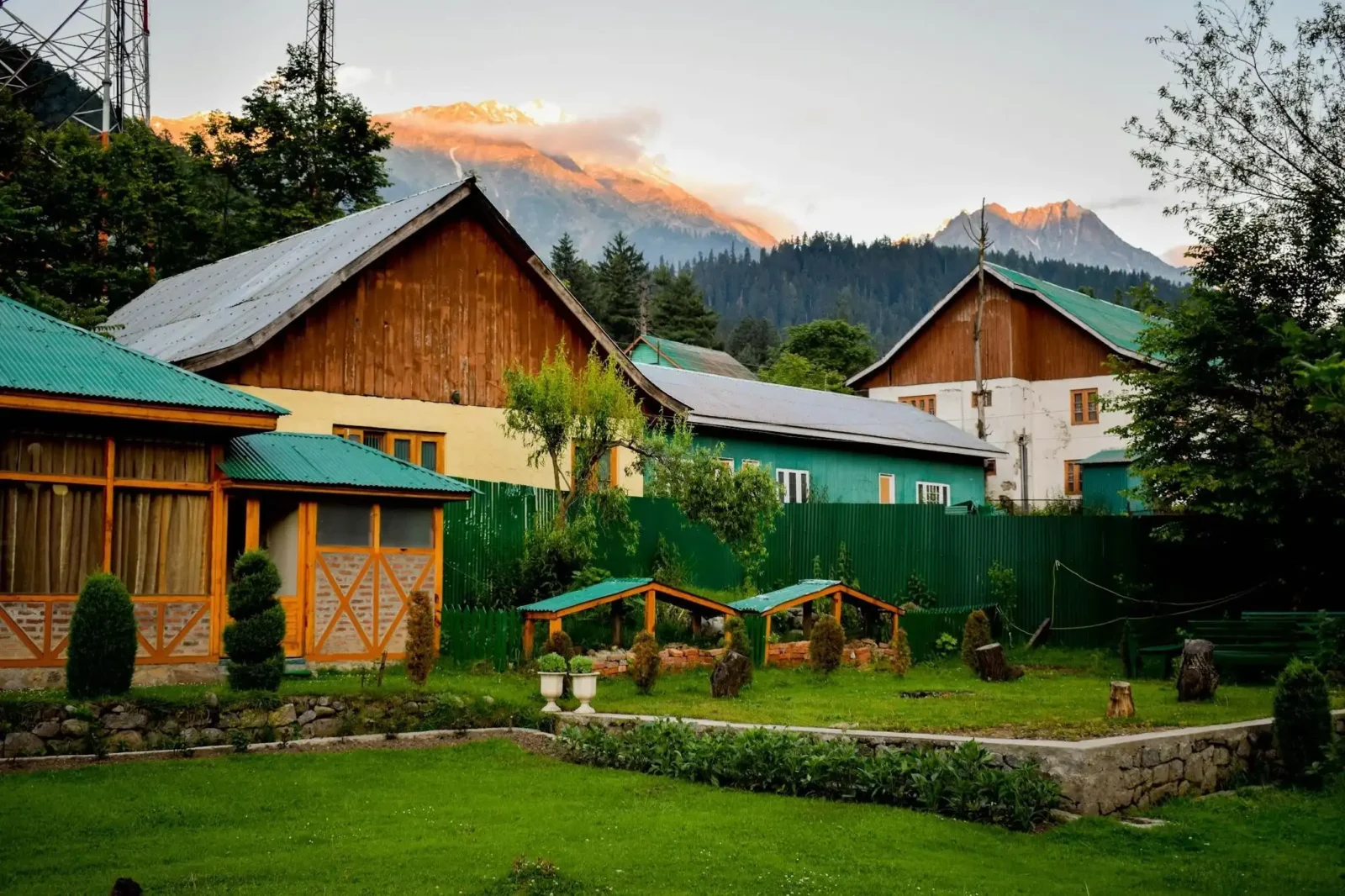- Home
- Articles
- Architectural Portfolio
- Architectral Presentation
- Inspirational Stories
- Architecture News
- Visualization
- BIM Industry
- Facade Design
- Parametric Design
- Career
- Landscape Architecture
- Construction
- Artificial Intelligence
- Sketching
- Design Softwares
- Diagrams
- Writing
- Architectural Tips
- Sustainability
- Courses
- Concept
- Technology
- History & Heritage
- Future of Architecture
- Guides & How-To
- Art & Culture
- Projects
- Interior Design
- Competitions
- Jobs
- Store
- Tools
- More
- Home
- Articles
- Architectural Portfolio
- Architectral Presentation
- Inspirational Stories
- Architecture News
- Visualization
- BIM Industry
- Facade Design
- Parametric Design
- Career
- Landscape Architecture
- Construction
- Artificial Intelligence
- Sketching
- Design Softwares
- Diagrams
- Writing
- Architectural Tips
- Sustainability
- Courses
- Concept
- Technology
- History & Heritage
- Future of Architecture
- Guides & How-To
- Art & Culture
- Projects
- Interior Design
- Competitions
- Jobs
- Store
- Tools
- More

In the western world, the war era left behind an amount of urban or suburban areas and zones as well as several industrial buildings and complexes that had been abandoned due to social, political or economic factors. A representative category of such structures are the camps and the military areas. In many cases, these areas were abandoned or relocated and, along with the urban sprawl, they were gradually became part of the urban fabric emerging the urgent need for their management.

These areas are usually created by the city itself and are strongly linked to minority features of the city leading to the degradation of the surrounding area. On the other hand, these areas present forthcoming opportunities and prospects for their exploitation and reuse. The Lumaki camp in the city of Karditsa, Greece belongs to the above category and its management constitutes the topic of the present post-graduate project. After the, in depth, theoretical analysis of these areas and the discussion of their current management in the USA, in Europe and in other regions of Greece, the case of Karditsa is being examined.

Under the urban scale analysis, the main principles as well as the intentions of the architectural design of the former camp Lumaki have been set. This approach aims to emerge the dynamic of this area as a ‘pending’ land that can be revived offering novel urban features, urban planning solutions, uses and social expressions. The central idea focuses on the design of recreational park, special attraction for the locals due to its terrain. The configuration of the hills and curves of the proposed Park of Loumaki contrasts not only with the flat city of Karditsa but also with the wider area of the Thessalian Plain, aiming to become a new city landmark.
illustrarch is your daily dose of architecture. Leading community designed for all lovers of illustration and #drawing.
Submit your architectural projects
Follow these steps for submission your project. Submission FormLatest Posts
Top Botanic Gardens in the United States: Where We Go For Living Collections And Calm
Top Botanic Gardens in the United States: our expert-vetted list with when...
Best Resources for Aspiring Landscape Architects
Landscape architecture mixes art with hard science. You’re not just sketching gardens....
Transform Your Garden with Artificial Turf Austin Solutions
Transforming your garden with artificial turf can be a game-changer, especially if...
What You Really Need to Create a Beautiful Yard
A beautiful yard is more than just an outdoor space, it’s a...




















Leave a comment